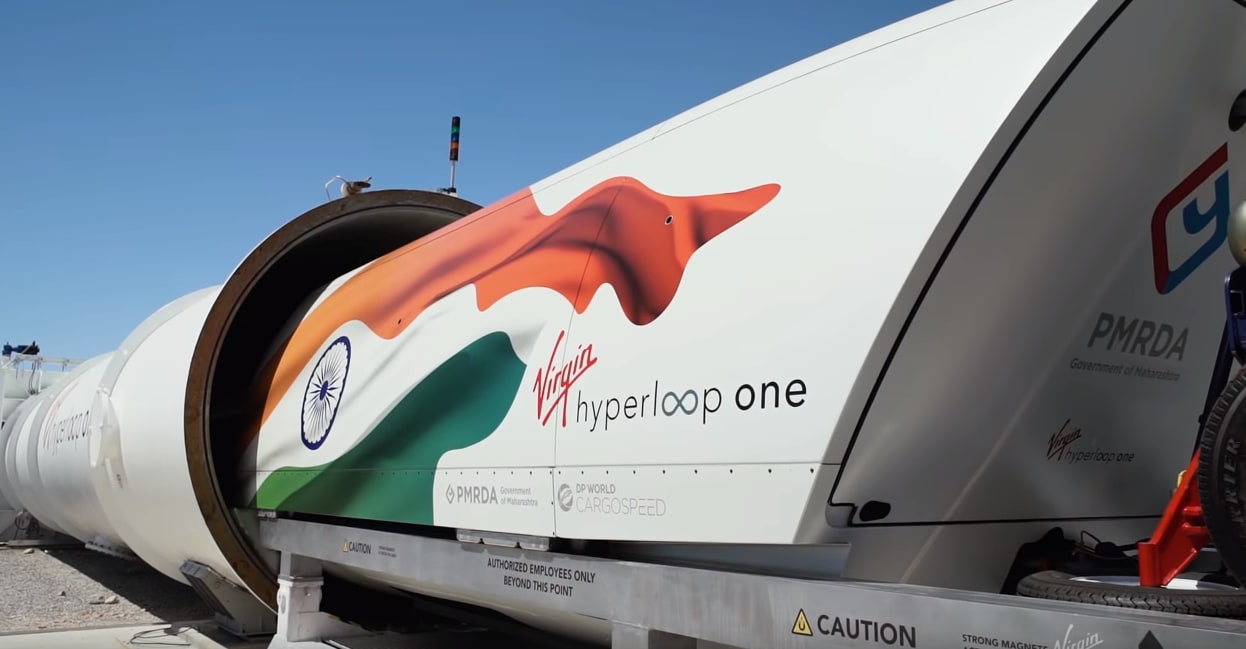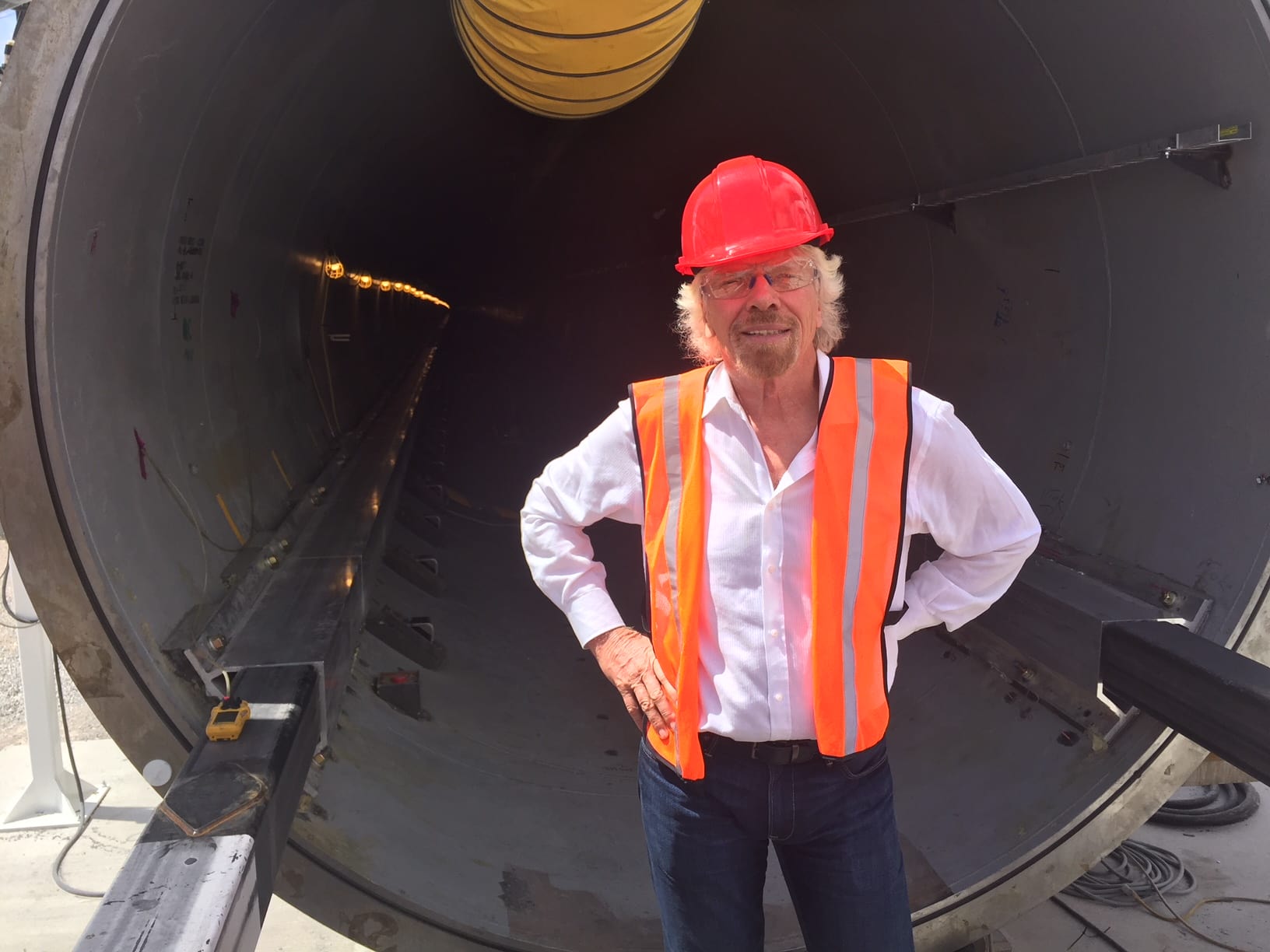Segun Atanda/
English business magnate and founder of the Virgin Group that controls more than 400 companies, Sir Richard Charles Nicholas Branson, the investor, author and philanthropist with a net worth of $5.1billion has opened up on his latest baby Finding My Virginity.

Here’s what he has to say about the new autobiography that is now available worldwide:
“So much has happened in the 12 months since I released the hardback that I had to update the paperback with a few extra chapters. One of those exciting developments is Virgin Hyperloop – here’s an exclusive extract revealing the story of why I decided to get involved and my thoughts on the future of transportation:
You are waiting on the platform for your transportation to arrive. Rather than a carriage or a car, a pod arrives; you step inside and are shot through a vacuum from one side of the country to the other in a matter of minutes. It sounds like science fiction, doesn’t it? It sounds like a good idea to me.
While I was at school, I would find anything to distract me from the homework I really needed to do. One diversion tactic was reading books, ideally swashbuckling adventures or fantastical tales to take me far away from the classroom grind. One of these was The Man in the High Castle, Philip K. Dick’s disturbing and enthralling alternative history that recently got turned into a TV series. Reading the book as a teenager, I was intrigued by the tubes used to rocket people across continents at lightning speed. Years before, in the 1930s, Will Whitehorn’s grandfather Harold Kenneth Whitehorn had a similar idea when he filed a patent for the first ever vacuum-tube electromagnetic train. (It’s no surprise Will ended up running Virgin Galactic!) His granddad even had a basic working model on display in the Science Museum in London. He also knew Joseph Foa, a professor at New York’s Rensselaer Polytechnic Institute, who took his ideas forward in the 1950s and ’60s with a transport system he called Tubeflight, which proposed using magnets to send capsules floating on cushions of air through long tubes. But back then, the technology didn’t match the ambition.

In 2013 Elon Musk made a splash bringing these ideas to life again by publishing a paper on them. But still, nobody was close to turning these concepts into reality. Until now… Patrick McCall heard about a new company called Hyperloop One. He rang me to explain the concept and I asked for five minutes to think about it. I called him straight back and said, ‘Let’s do it.’ I had met Josh Giegel a few times when he worked for us as an engineer at Virgin Galactic, and I found that the vision of his new firm, Hyperloop One, fitted with my own reasons for starting businesses: find what you are frustrated about – and solve it. ‘Travel sucks,’ said Josh, which was quite the statement to make to a man who has founded three airlines, two train businesses and three space companies. ‘Let’s make travel not suck.’ He had my attention.

The concept was, as Will’s grand-father had dreamed of in the 1930s, to move people and things faster than at any other time in history. Passengers and cargo would be loaded into pods and accelerated gradually via electric propulsion through a low-pressure tube. The pod would quickly lift above the track using magnetic levitation and glide at airline speeds for long distances due to ultra-low aero-dynamic drag. Essentially, it would be a revolution in the way we all travel. Others had talked about it. But these guys had a full-scale test facility sitting in the middle of the Nevada desert. I asked if I could come and see it for myself.
On 17 May 2017, I got in a car in Las Vegas and we drove out to the desert. After half an hour or so, a long, white tube appeared on the horizon, framed by cloudless blue skies. It was hot and sticky, but I was happy to put on my hard hat, hi-vis and protective goggles to take a closer look. As we walked over, I quizzed Josh about leaving Virgin Galactic. ‘So you left the most exciting company in the world?’ ‘I guess so – until this one.’ ‘Well, if you were going to leave, this is probably as good a reason as any.’ We walked into the DevLoop, a 500-metre-long tube with a diameter of 3.3 metres. Seeing the inside of the test system up close, eyeing the track and the curved walls were exhilarating.

‘It’s pretty much a maglev train in a vacuum tube,’ somebody said. Inside here, days earlier, the first full-system Hyperloop One test in a vacuum environment had taken place. Propelled by electrical charges and using magnetic levitation, the test sled zipped through the DevLoop tube for 5.3 seconds. Within this short time period, it reached 70 miles per hour, with nearly 2 Gs of acceleration. I felt an excitement similar to the moment when I had walked into the spaceship hangar in Mojave for the first time.
A lot has happened since then, and I am now proud to be the chairman of Virgin Hyperloop, which I believe could have the same impact in the 21st century as trains did in the 19th. I’m sure there will be rivals nipping at our heels, but we are the only company in the world that has built a fully operational Hyperloop test system. And we’re determined to be the first to make Hyperloop a commercial reality. While making timing predictions is no exact science, we are hoping to be ready to go in 2021. It’s a wonderful example of what can happen when a fascinating idea meets a huge customer need to be served by our brilliant brand. Projects like this are what keep me getting up in the morning.”







